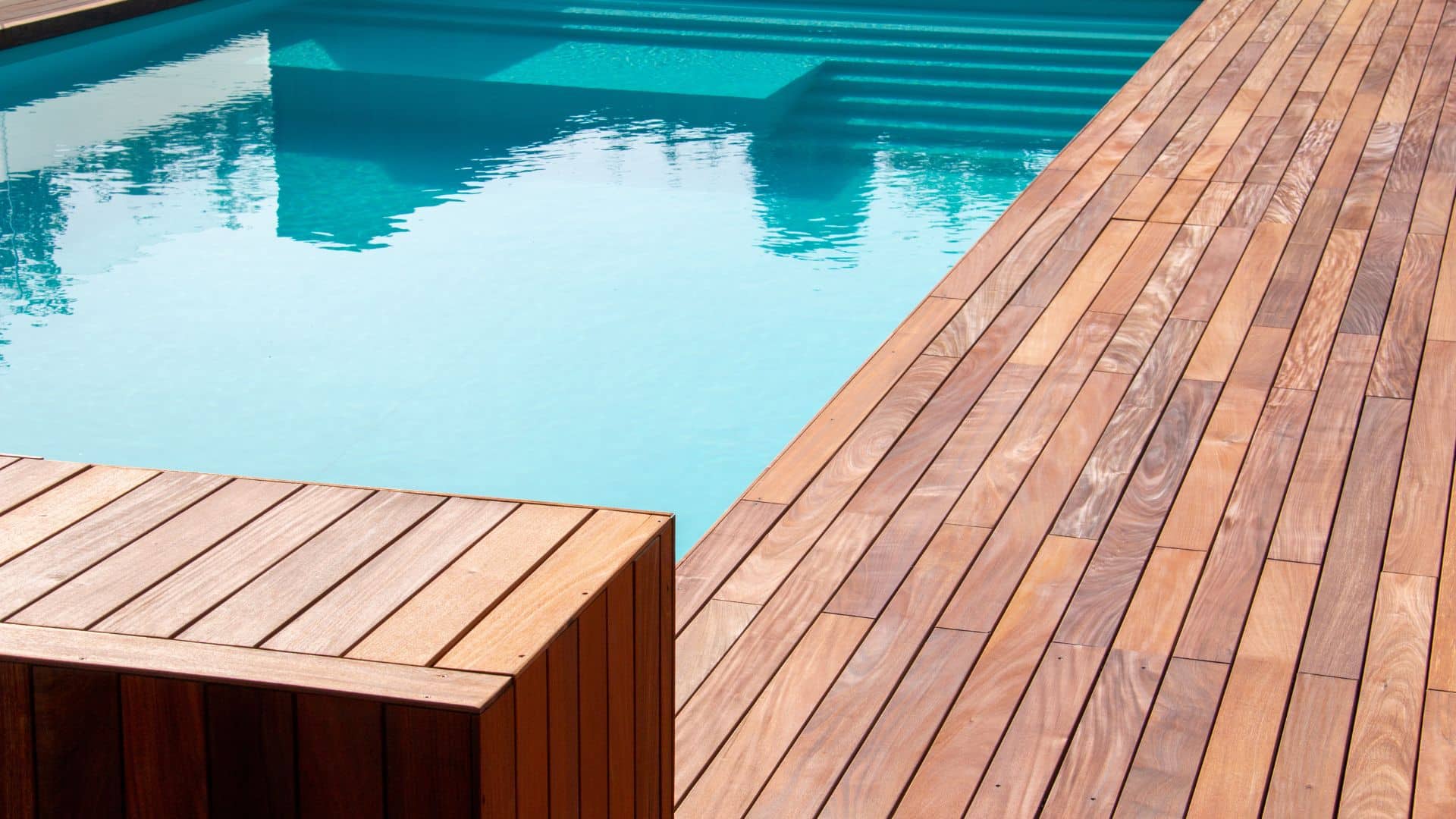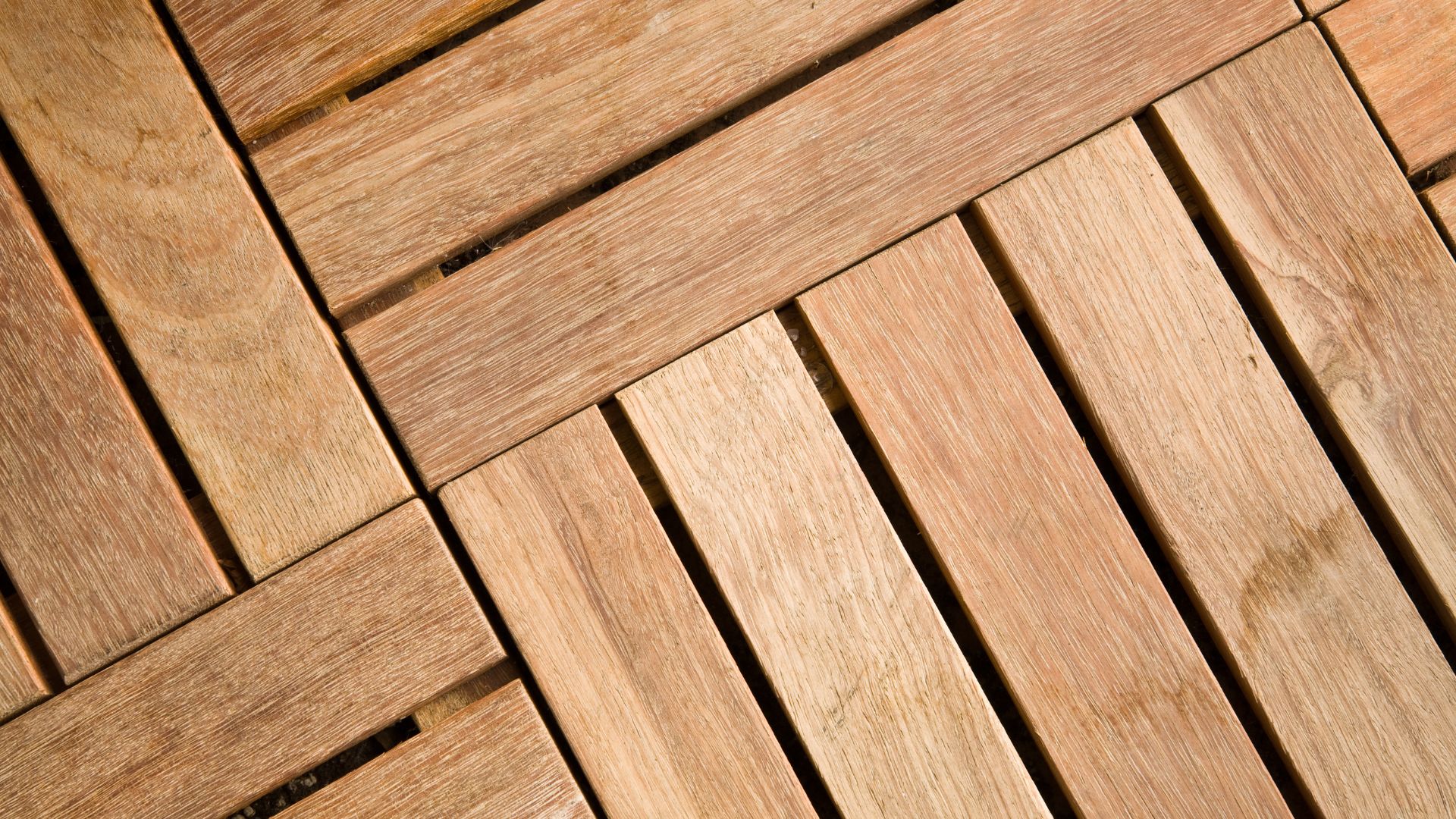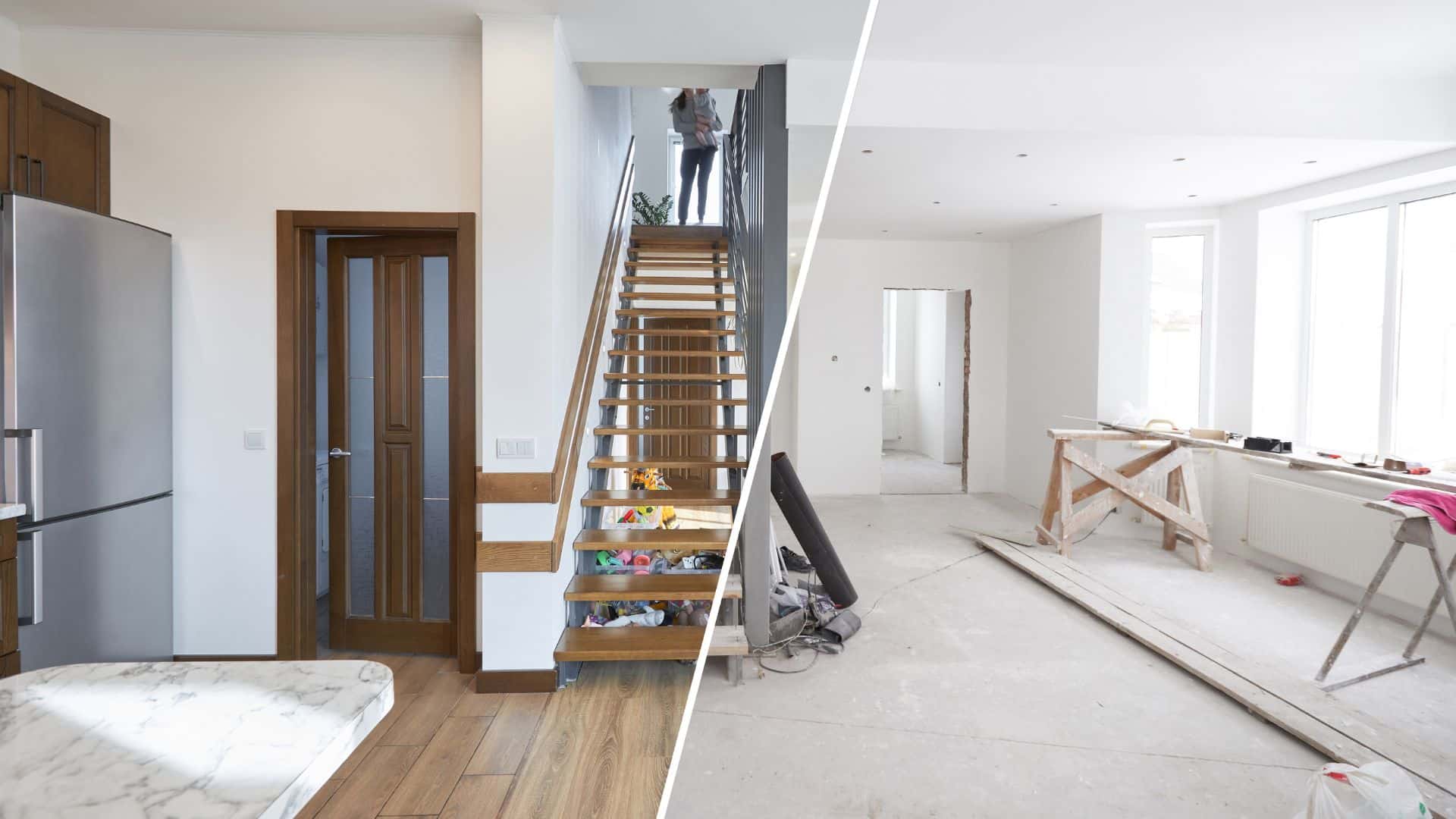Let me guess – you’re probably cozied up in your Colorado Springs home, glancing at your fireplace, and a little voice in your head is asking, “Am I doing everything right when it comes to fire safety?” Maybe you’ve even caught wind of the new 2025 guidelines and felt a tiny bit overwhelmed by all the talk of regulations. Trust me, I totally get it. As someone who’s helped many homeowners with remodeling projects at Stewart Remodel Design Build, I’ve seen firsthand how tricky fire safety standards can seem.
But here’s the real scoop: these new guidelines aren’t just a bunch of bureaucratic red tape. They’re actually put in place to keep you, your family, and your neighbors safe – and that’s super important, especially here in Colorado where wildfire risk is a very real concern. So, let’s chat about everything you need to know about the 2025 fireplace safety standards in a way that won’t make your head spin.
Why 2025 Is a Big Deal for Fire Safety
You’ve probably noticed that Colorado, and especially here in Colorado Springs, isn’t playing around when it comes to fire prevention anymore. Our state just rolled out a statewide building code specifically for wildfire resistance, with new standards for homes in high-risk areas. These officially kicked in on July 1, 2025. This isn’t just about ticking boxes – it’s about truly protecting our community from the heartbreaking wildfires we’ve witnessed far too often lately.
So, what’s the takeaway for you? Basically, if you’re thinking about any fireplace work – whether it’s a renovation, repair, or a brand-new installation – you’ll need to make sure it meets these updated standards. The really cool part is that many of these changes don’t just make your home safer; they can even help shave a bit off your insurance premiums!
Your Indoor Fireplace? Here’s What’s New!
Indoor fireplaces have definitely gotten a big safety boost with the 2025 guidelines. So, if you’re putting in a new one or giving an old one a facelift, you’ll want to pay attention to some important new requirements that go a step beyond what we’ve been used to.
Kicking things off: fire-resistant materials are now a must-have in a lot of situations. We’re talking about cool stuff like intumescent coatings – those are special paints or sprays that actually puff up and expand when they get hot, creating an insulating barrier. I know, “intumescent” sounds super scientific, but just picture it as a hidden superhero shield that activates when things get dicey. These coatings can literally buy you precious extra minutes in an emergency.
Chimney and flue requirements have also gotten a bit stricter. For instance, your chimney cap absolutely needs spark arrestors with openings no bigger than half an inch. This might sound like a tiny detail, but trust me, those little sparks can fly an incredible distance, especially on those blustery Colorado Springs days.
And don’t forget clearance! The space around your fireplace opening needs at least 36 inches of clear room from anything that could easily catch fire. Plus, any mantel or shelf above the fireplace has to be at least 12 inches away from the opening itself. If your current setup doesn’t quite hit these marks, no need to freak out – there are usually clever ways to update your existing fireplace to bring it up to code.
Outdoor Fire Features: That 15-Foot Rule (and More!)
Alright, let’s talk about outside fires, because this is where things get super specific for us here in Colorado Springs. Your outdoor fireplace or fire pit absolutely needs to be at least 15 feet away from any structures nearby – that includes your neighbor’s house, your fence, or even dense vegetation. Seriously, I’ve lost count of how many times I’ve helped folks figure out where to move their beloved fire pits because of this very rule!
Speaking of fire pits, they’re capped at a maximum diameter of 3 feet, and your flames shouldn’t go higher than 2 feet. If it’s a wood-burning pit, it must have a screen or spark arrestor – no wiggle room there. And here’s a common one that surprises people: you need a responsible grown-up watching the fire at all times, with something handy to put it out instantly, like a bucket of water or a hose.
Fuel restrictions are pretty simple but super important to remember. Stick to clean, dry wood or approved fuels like LPG, natural gas, charcoal, or pellets. Burning trash, yard clippings, or treated wood is a huge no-no and can land you some pretty serious fines.
Smart Tech: The New Superpower for Fire Safety
Now, here’s one of the coolest things I’m seeing for 2025: smart fire detection systems. These aren’t your grandma’s old-school smoke detectors, nope! We’re talking about systems connected to the internet (think “smart home” stuff) that can ping alerts to your phone, automatically call emergency services, and even team up with your home’s heating and cooling system to help stop smoke from spreading.
AI-based risk analysis is also popping up more and more. These clever systems can actually learn your home’s routines and spot potential fire hazards before they turn into big problems. It’s pretty much like having a personal fire safety guru keeping an eye on your place around the clock.
And with cloud-based monitoring, you can keep tabs on your fireplace and all your fire safety gadgets even when you’re out and about. Imagine getting an alert on your phone if your fireplace damper is accidentally left open, or there’s some unusual heat detected near your chimney. How cool is that for peace of mind?
Common Head-Scratchers and How to Fix ‘Em
Okay, let’s get down to brass tacks. I want to share some of the most common fire safety headaches I see homeowners wrestling with, along with some practical, real-world solutions that actually get the job done.
Problem 1: My Existing Fireplace Isn’t Up to Snuff!
This one’s probably the top worry I hear from folks. You adore your fireplace – maybe it’s got history, maybe it’s just cozy – but it was put in ages ago and doesn’t quite hit the new requirements. Good news: the answer isn’t always a full-on demolition and rebuild! A lot of times, we can spruce up your existing fireplace with new fire-resistant materials, cleverly adjust clearances with some smart design tricks, and add modern safety bells and whistles, all without losing that beloved character you cherish.
Problem 2: My Outdoor Fire Pit is Too Close!
Oh, this happens all the time! Your fire pit looked absolutely perfect, nestled just so… until you grabbed the tape measure and realized it’s only 10 feet from your neighbor’s fence. Before you even think about digging it up, take a breath and consider a few simple options: you could move it to a spot in your yard that does meet the rules, swap it for a smaller, portable unit you can shift around, or even look into gas-powered alternatives, which sometimes have different (and often more forgiving) clearance requirements.
Problem 3: “Defensible Space” Sounds Like I Need a Moonscape!
The term “defensible space” can sound a bit intimidating, but it’s really just about creating a buffer zone around your home by clearing out vegetation that could act as fuel for a fire. And no, this doesn’t mean you have to turn your yard into a barren wasteland! You can totally have gorgeous, fire-resistant landscaping by choosing native plants that are naturally tough against fire, giving your plants and trees enough elbow room, and smartly placing things like patios or rock gardens.
Five Quick Wins You Can Tackle Today!
Alright, ready to roll up your sleeves? Here’s what you can do right now to get a jump start on these requirements:
Step 1: Get a Pro to Take a Look
Your first move should be to have a certified pro inspect your fireplace and chimney. They’re like detectives for your hearth, able to spot any little issues before they turn into big, expensive headaches. Plus, they can give you the lowdown on exactly what needs an update to hit those 2025 standards.
Step 2: Grab Your Tape Measure!
Go on, find that tape measure! Now, check the distances around all your indoor and outdoor fire features. Jot down what you find – this little bit of documentation will be super helpful so you know precisely what needs a tweak.
Step 3: Put Together a Quick Fire Safety Kit
Make sure you have a fire extinguisher, a garden hose, or some other approved way to put out a fire within easy reach of any fire feature. And here’s a big one: everyone in your household needs to know exactly where these are and how to use them, fast!
Step 4: Tidy Up Your Defensible Space
Start tackling that defensible space around your home. Aim to clear out vegetation within 30 feet of your house. Really focus on getting rid of dead plants, snipping back any tree branches that are hanging over your roof, and creating clear breaks between groups of plants.
Step 5: Snap Pics and Keep Records!
Seriously, take photos of your current setup and carefully keep records of any improvements you make. This little paper trail (or digital trail!) can be a lifesaver for insurance purposes down the road and super handy for any future inspections.
Your Insurance Company Might Thank You (and Your Wallet!)
Alright, here’s a little bonus that might just make you smile: staying on top of these new guidelines can actually save you some cash on your homeowner’s insurance! Lots of insurance companies are now giving discounts to homes that meet or even go above and beyond the new fire safety standards. And, in some of those super high-risk areas, they might even require compliance just to get coverage.
So, the big secret? Documentation, documentation, documentation! Keep a solid record of all your safety upgrades, professional inspections, and how you’re meeting those standards. When your policy renewal rolls around, these documents can really add up to some sweet savings.
Let’s Get Real: Costs & Benefits
Time for a quick chat about the money side of things. Yes, getting your fireplace up to those 2025 standards might mean shelling out a bit of cash upfront. A basic safety refresh for a fireplace could be a few hundred bucks for simple tweaks, or it might climb into several thousand for bigger makeovers. But here’s the kicker: the average cost of fire damage to a home in Colorado sails past $50,000. And that figure doesn’t even begin to cover the emotional heartache or, worst-case scenario, the potential loss of life.
On the brighter side, those factory-made, fire-rated building parts that are becoming more common can actually cut down on installation costs and time compared to older construction ways. Plus, homes boasting updated fire safety features are often seeing their property values go up, especially in spots where wildfire risk is a real worry.
Peeking into the Future: What’s Next for Fire Safety?
The world of fire safety is seriously buzzing with innovation, and some of the stuff on the horizon is downright exciting! Think about it: satellite and drone wildfire detection systems are already being rolled out across Colorado, giving us super early warnings. And AI-powered mapping of potential fire paths is helping communities come up with even smarter protection plans.
We’re also seeing cool developments like automated landscaping equipment designed to help keep up that defensible space around homes. Plus, fire-tough infrastructure – things like steel utility poles and buried power lines – is becoming the norm in brand-new neighborhoods.
When It’s Time to Call in the Big Guns (aka Pros!)
Listen, there’s a lot you can totally handle yourself, but some parts of fireplace safety really do need a pro’s touch. If you’re talking about changing the structure, messing with gas lines, or hooking up electrical for those fancy smart safety systems, that’s definitely your cue to call in some qualified experts.
Here at Stewart Remodel Design Build, we’ve walked many Colorado Springs homeowners through these new requirements, all while making sure their spaces end up looking beautiful and working great. So, whether you’re dreaming of a whole new fireplace or just want to double-check your current setup is perfectly up to snuff with the latest standards, bringing in experienced professionals can truly save you a ton of time, money, and frankly, a lot of headaches.
Feel free to swing by our place at 5061 N 30th St #102 or just give us a ring at (719) 266-0336 to chat about what you’ve got going on.
So, What’s Next for You?
Seriously, fire safety isn’t one of those things you want to put on the back burner. Start with that professional inspection we talked about, then slowly work your way through those actionable steps. Remember, these guidelines are here to genuinely protect you and our community – they’re not just some random rules cooked up for no reason.
Sure, the 2025 fireplace safety standards might feel like a lot to take in at first, but honestly, they’re all about smart prevention and cool modern tech teaming up to keep us all safer. Just take it one step at a time, don’t be shy about asking questions if you get stuck, and definitely give the pros a shout when a job needs more than just a DIY fix.
Your fireplace should be a happy spot for warmth, comfort, and getting together – never a source of stress or worry. By taking a thoughtful approach to these new safety standards, you can totally kick back and enjoy your fire features with complete confidence, knowing you’ve done everything you can to protect the people and things that matter most.



